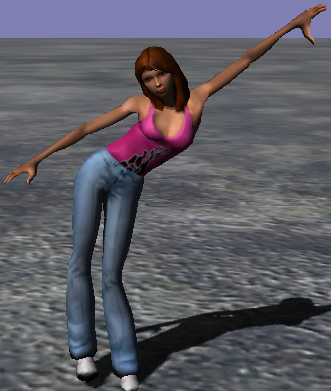Inverse Kinematics is a feature I would like to be added to Urho.
I’m actually thinking of implementing this myself after finding no good open source libraries (with compatible licenses) that fullfill this task. I’ve been reading some papers on the subject, but it seems I’ll need some time and practise to really understand this.
In the meantime I’ll make this post to see how many people is interested in this, and also if there’s someone more capable than me also willing to implement the feature.
Cheers 







